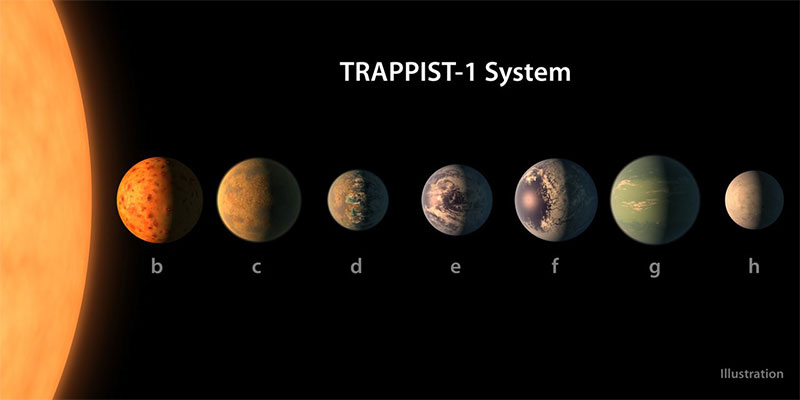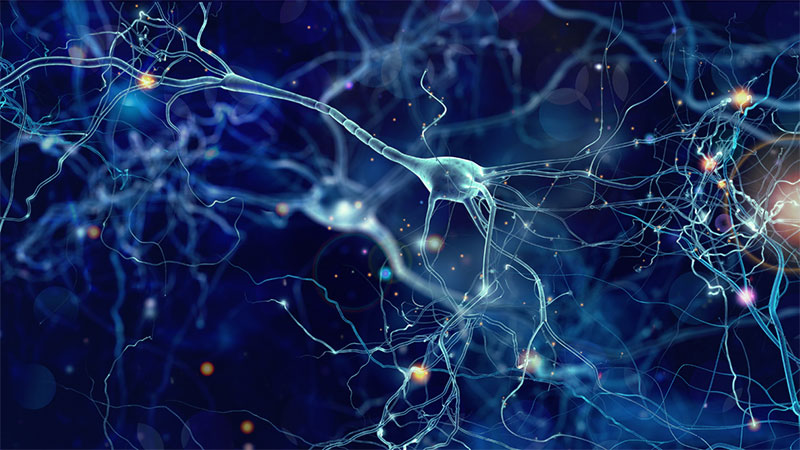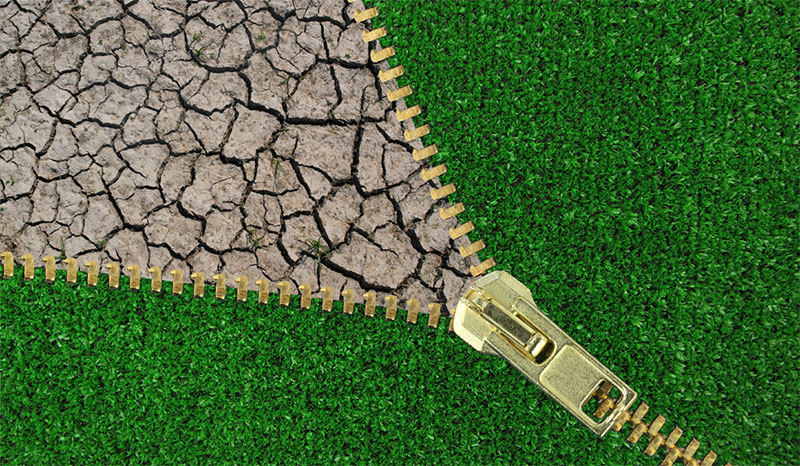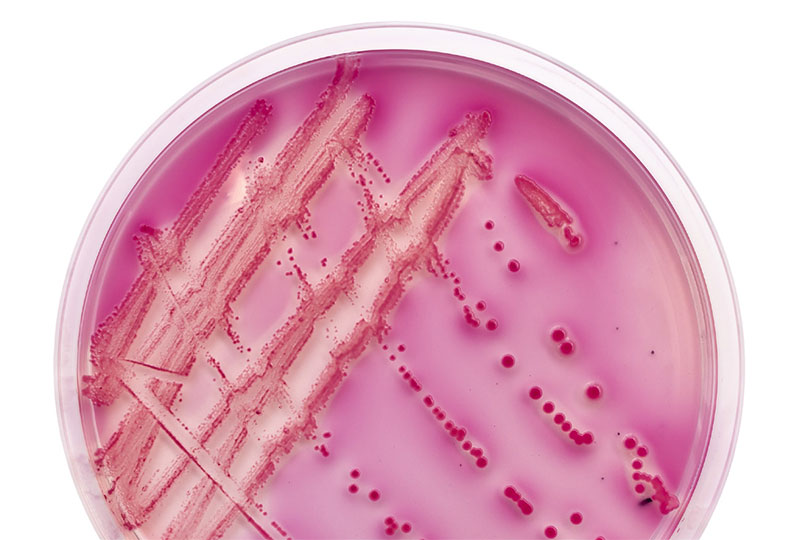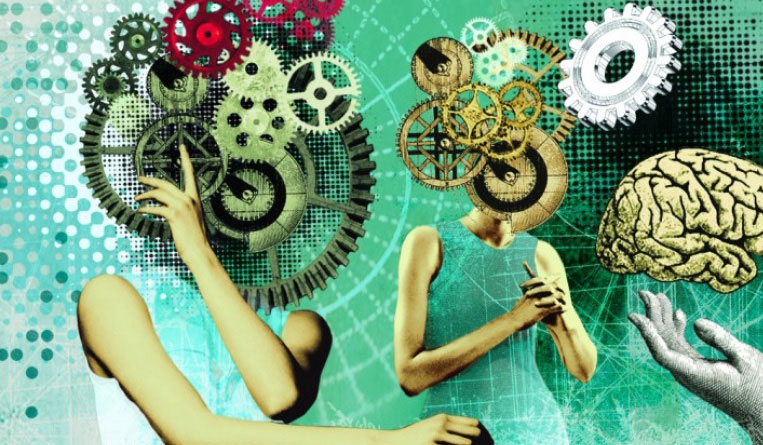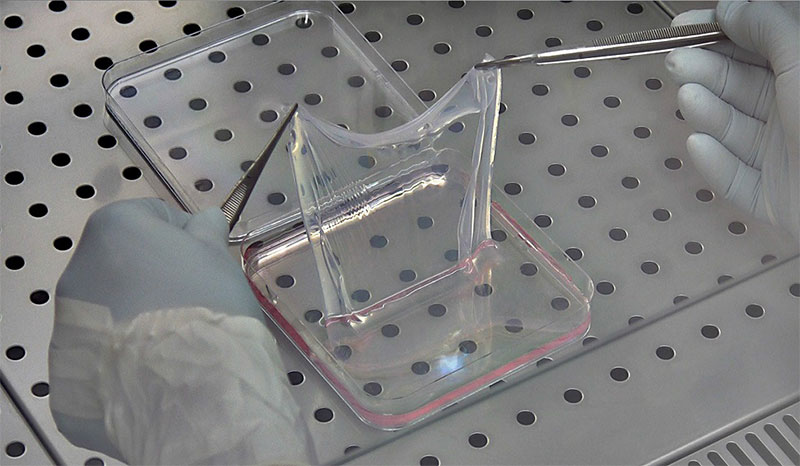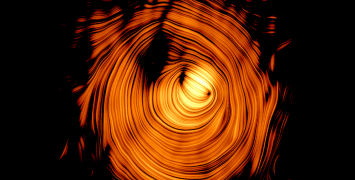2017 Research highlights
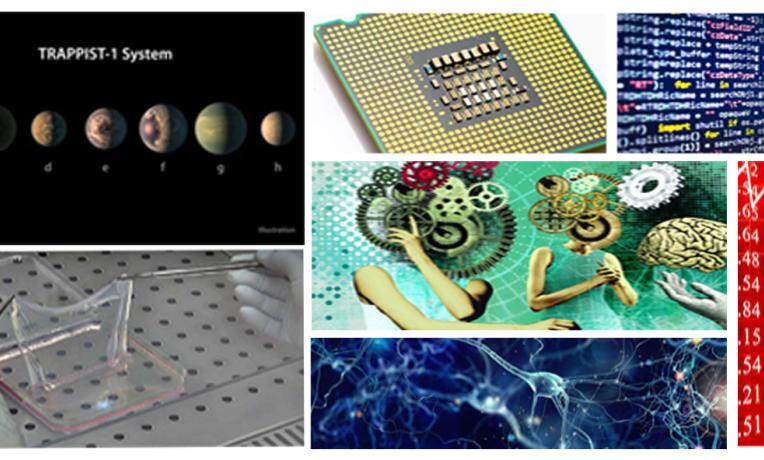
Seven potentially inhabitable planets
An international team of astronomers led by ERC grantee Michaël Gillon discovered seven planets orbiting the ultra-cool dwarf star TRAPPIST-1, located 40 light years from Earth. The planets, with similar size to Earth and Venus, were detected as they passed in front of their parent star. This was the first time that potentially inhabitable planets were detected around an ultra-cool dwarf star. Most research so far had focused on bright, Sun-like stars. Early 2018, new studies found the planets are probably composed of rocks and water.
SPECULOOS, Michaël Gillon, University of Liège, Belgium
Read more
Revolutionary lenses for eagle-eye vision
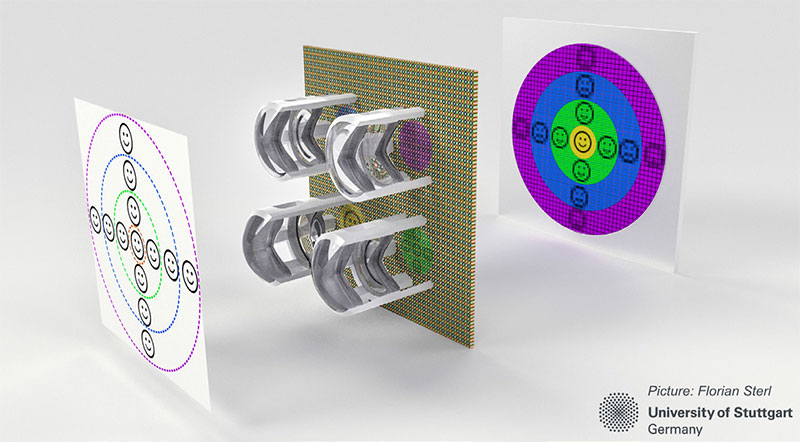
©Florian Sterl - University of Stuttgart - Germany
An ERC funded team created a 3D-printed lens system that mimics the way an eagle sees the world. Smaller than a grain of sand, the lenses capture very sharp images from long distances and could be used in robotics, automation and surgery. Inspired by the foveated imaging technique, the researchers combined four plastic lenses of different focal lengths into a single image sensor: lenses with longer focal lengths capture very sharp images over a narrow, central field of view, while others ensure a wide vision field with less focus. With his ERC grant,
Prof. Giessen investigates direct laser writing for nano-optical fabrication, which constitutes a revolutionary new technology that goes far beyond what he originally intended to do.
COMPLEXPLAS, Harald Giessen, University of Stuttgart, Germany
First artificial synapse that can learn
The learning process is linked to the brain synapses which act as connections between the neurons.The more synapses are stimulated, the stronger the connection and the learning improved. This mechanism inspired a team of researchers who used innovative materials to create an artificial synapse capable of learning autonomously. Named memristor, it consists of a thin ferroelectric layer sandwiched between two electrodes; its resistance can be tuned using voltage pulses similar to those in neurons. The team was also able to model the device, which is essential for developing more complex circuits. Understanding the functioning of synapses will make it possible to create more complex AI systems.
FEMMES, Agnès Barthélémy, Unité Mixte de Physique CNRS/Thales, University of Paris-Sud, France
Beliefs and scientific data in climate change policy
How do policy-makers deal with uncertainty and risk perception in climate change decisions? While unpredictability is generally considered a challenge for setting policy, emphasising the uncertainties helps policy-makers bring their beliefs up to date with the current information. This is the conclusion of a field experiment that involved negotiators from more than 100 countries at Paris COP21 conference. Policy-makers participating in climate change negotiations are key users of scientific data, therefore it is vital to provide them with scientific information in the most effective way.
RISICO, Valentina Bosetti, University Luigi Bocconi, Italy
COBHAM, Massimo Tavoni, Polytechnic University of Milan, Italy
“Sleepy” bacteria - the secret to antibiotic resistance
Bacteria sleep through our antibiotic attacks and become stronger when they wake up. These are the findings of a highly multi-disciplinary team led by Prof. Nathalie Balaban. Through tracing the evolution of bacteria exposed to antibiotics, Prof. Balaban showed that these pathogens evolve the ability to remain dormant through treatment and, subsequently, acquire resistance mutations a lot faster. These results, recently published in Science, offer hope in the fight against antibiotic resistance, as they indicate the need to focus on drugs that target “sleeping” bacteria.
TOLEROME, Nathalie Balaban, Hebrew University of Jerusalem, Israel
The baby’s brain, as never seen before
For the first time, researchers managed to record the brain activity of a premature new-born baby during resting and during an epileptic seizure. Functional Ultrasound (fUS), the non-invasive neuroimaging technology they developed, is based on the use of ultrafast ultrasound scanners able to reach more than 10 000 frames per second (fps) compared to the usual 50 fps. High-resolution and high-speed, the fUS technique increases the precision of blood flow measurements in the brain. Portable and cheap, it opens new paths for fundamental research and clinical applications.
FUSIMAGINE, Mickael Tanter, INSERM, France
Democracy in the Artificial Intelligence era
Researchers of the COMPROP project analysed information circulating on social media around major votes and elections in the US, France, Germany and the UK, to shed light on the phenomenon of fake news and internet manipulation. Led by Phil Howard, they examined whether algorithms can ‘steal elections’ and are developing tools for users to discern junk news. Using the most recent social and computer science methods, they showed that the consequences of online misinformation are very serious and spill over outside politics. In December 2017, the project received the Democracy Prize from the National Democratic Institute (NDI) and Prof. Howard was named a ‘2018 Global Thinker’ by Foreign Policy Magazine.
COMPROP, Phil Howard, University of Oxford, United Kingdom
Fighting against hardware bugs
ERC grantee Stefan Mangard and his team at TU Graz played a central role in the discovery of two new security vulnerabilities in computer processors. Named Meltdown and Spectre, these vulnerabilities allow unauthorised users to gain direct access to the heart of computer systems and steal critical information, like passwords or personal data. PCs, servers and cloud services, but also smart phones and IT devices in cars are affected. While the design of processors tend to place all the focus on performance and speed, the team argues the need to have security as a major design criterion and have it in mind from the beginning of the design process.
SOPHIA, Stefan Mangard, Graz University of Technology, Austria
A new tool to investigate missing proteins

© MRC Laboratory of Molecular Biology/ Dean Clift
Dr Melina Schuh is investigating chromosomal abnormalities in mammalian eggs. Studying the function of proteins in cells often involves depleting the respective protein to observe what happens when it is absent. In long-lived cells such as eggs though, this is a challenge: proteins often cannot be depleted with existing methods such as RNAi and CRISPR/Cas. Dr Schuh has now solved this problem by developing Trim-Away, a new technique that acts directly at the protein level and that can be used to eliminate endogenous proteins from cells within minutes. Trim-Away is also suitable to selectively degrade protein variants that cause diseases such as Huntington’s. It may therefore open new venues for medical therapies in the future.
CHROMOOCYTE, Melina Schuh, Max Planck Institute for Biophysical
Observation of plant genome leads to artificial human skin
Basic research conducted by two ERC-funded scientists underpinned a major breakthrough in the skin regeneration field. Researchers based in Italy could grow transgenic human epidermal stem cells applying Prof. Morgante’s method to detect insertions into plant genome and using novel bioinformatics tools to investigate the integration sites of transgenes in cell cultures specifically designed by Prof. Piccolo and Prof. Silvio Bicciato. In 2017, researchers reported that the artificial skin grown in the lab was successfully transplanted on a child suffering from a genetic skin disease.
NOVABREED, Michele Morgante, University of Udine, Italy
DENOVOSTEM, Stefano Piccolo, University of Padova, Italy
A better view of faraway stars
An international group of astronomers could observe for the first time in detail the flow and structure of material around a young eruptive star, which allows inferring the possible physical reason of the
eruptions. The team was led by Prof. Ágnes Kóspál, who was in the meanwhile awarded an ERC grant to pursue her research on new-born stars. These new-born stars are surrounded by gas and dust in
the form of circumstellar disks. Studying the composition, temperature, and grain size of these disks will shed more light on our solar system’s past and on the planet formation process. In 2017, Prof. Kóspál received one of the International Rising Talent Grants of the L’Oréal-UNESCO For Women in Science programme.
SACCRED, Ágnes Kóspál, Research Centre for Astronomy and Earth Sciences of the Hungarian Academy of Sciences, Hungary
A new model to measure systemic risks

© Shutterstock
The financial crisis has had a significant impact on the regulation of financial markets and risk management in companies and financial institutions. In order to contribute to the efforts deployed
by academics to study systemic risk and other important issues in financial economics, Prof. Lasse Heje Pedersen focuses on the study of financial frictions. In 2017, together with other economists,
he introduced a new model-based measure of systemic risk. They first developed a framework for formalising and measuring systemic risk and then used it to derive an optimal policy for managing
systemic risk. Finally, they provided a detailed empirical analysis of how their ex-ante measure of systemic risk predicts the ex-post losses during the global financial crisis of 2007/09 as well as the
regulators’ “stress test” in the spring of 2009.
FRICTIONS, Lasse Heje Pedersen, Copenhagen Business School, Denmark

